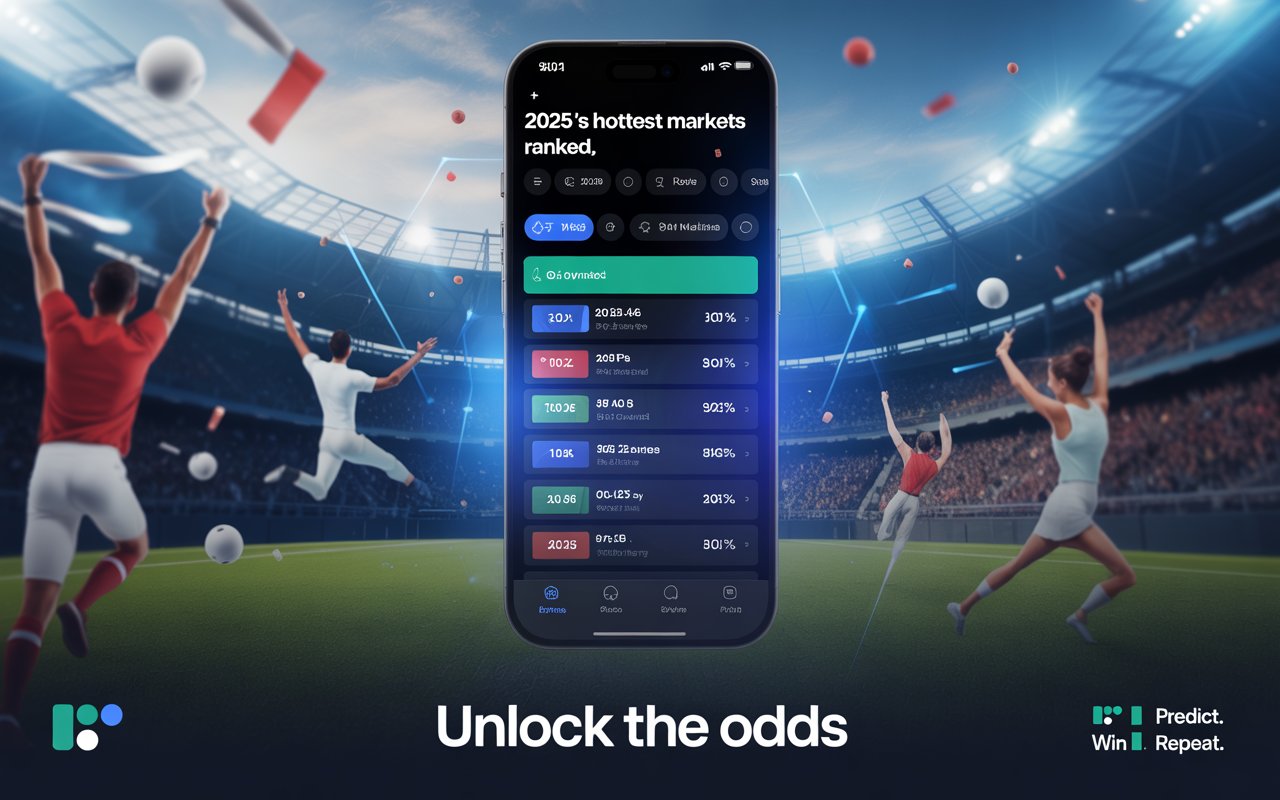For decades, the Return to Player (RTP) rate has sat quietly in the shadows—displayed in fine print, buried in FAQs, and rarely discussed with urgency. But in 2025, the veil is lifting. As regulatory scrutiny tightens, and player awareness sharpens, the gambling industry is at a crossroads. Will it embrace a new era of radical RTP transparency, or cling to its old ways of ambiguity and obfuscation?
What Is RTP, Really?
RTP, or Return to Player, is a statistical percentage indicating how much of the total wagered money a game is expected to return to players over time. For example, a slot with a 96% RTP theoretically returns $96 for every $100 wagered—over the long term.
But here’s the rub:
- RTP is theoretical, not guaranteed.
- It can vary by jurisdiction, platform, or even player tier.
- And worst of all—most players don’t know how to find it.
While RTP has always been public in the regulatory sense, it has rarely been accessible or understandable. Until now.
Why RTP Transparency Is Suddenly a Hot Topic
Several converging trends are driving this shift:
1. Regulatory Push
- The UKGC, MGA, and Dutch KSA have started mandating clearer RTP disclosures.
- Sweden’s Spelinspektionen now requires variance disclosures alongside RTP.
2. Consumer Advocacy
- Forums like Casinomeister, Reddit, and AskGamblers are demanding openness.
- Streamers and influencers are using their platforms to call out misleading practices.
3. Differential RTP Scandals
- Cases where the same game had different RTP settings across operators have triggered backlash.
- E.g., a popular NetEnt game running at 96.2% on one site and 92.1% on another—with no player warning.
4. Crypto Casinos & Provably Fair Movements
- Blockchain-powered casinos now publish every game’s RNG outcome and real-time RTP tracking.
- Players are asking, “If they can do it, why can’t you?”
The RTP Transparency Spectrum
Not all transparency is created equal. Here’s how operators are (or aren’t) disclosing RTP today:
| Transparency Level | Description | Example |
| Hidden | Buried in game rules or not available | Many Curacao-licensed sites |
| Basic Disclosure | RTP shown on help screen | Common in MGA-licensed casinos |
| Menu Transparency | RTP shown before launching game | Growing in regulated EU markets |
| Real-Time RTP | Shows session RTP and global averages | Offered by select crypto casinos |
| RTP Choice | Players choose high/med/low RTP versions | Pragmatic Play, Play’n GO on some platforms |
Player Impact — Does Transparency Change Behavior?
Yes. And here’s how:
- Informed Decisions: Players choose games with higher RTPs when they can compare.
- Trust Building: Transparency signals fairness, boosting brand loyalty.
- Game Avoidance: Low-RTP games see less engagement once exposed.
Platforms that display RTP prominently report:
- Increased trust metrics
- Lower churn
- Fewer support complaints
Operators who don’t? They lose players to sites that do.
Why Some Operators Resist Transparency
Let’s be honest—radical openness threatens margins.
- Lower RTP = higher house edge = higher profits.
- More informed players = less “emotional betting.”
- Open comparison = players jumping between sites.
Some operators argue that:
- Players don’t understand variance or volatility.
- Over-disclosure could “confuse” users.
- RTP isn’t a useful indicator for short sessions.
But these are excuses wrapped in concern. Transparency isn’t about protecting players from confusion—it’s about respecting their right to know.
Game Providers Are Getting Caught in the Crossfire
Software studios are increasingly being held accountable for providing multiple RTP versions to operators without disclosure.
- Big Time Gaming, Pragmatic Play, and Blueprint Gaming have all offered the same game in multiple RTP versions.
- Regulators are now forcing them to disclose available settings in metadata.
Expect to see studios ranked not just by game quality, but by their transparency ethos.
Global Regulatory Reactions
UK Gambling Commission
- Consultations in 2024 proposed mandatory RTP disclosure on the game tile.
- Pushing for default disclosure of session RTP and volatility rating.
Malta Gaming Authority
- Encouraging a “transparency standard” via the Sandbox Regulatory Framework.
Netherlands (KSA)
- Fines issued to operators for misleading RTPs.
- Looking into making RTP differential a breach of license.
United States
- Still fragmented by state.
- New Jersey and Michigan showing early signs of pushing for visible RTP disclosures.
The Crypto Casino Effect
Blockchain-based platforms like BC.Game, Stake, and Roobet are reshaping expectations by:
- Publishing RTP in the game lobby
- Offering game seeds and hash verifications
- Showing live RTP updates based on actual play
These models are putting pressure on traditional casinos to catch up—or be seen as hiding something.
Will Players Actually Care?
Short answer: Yes, if educated.
- A Twitch streamer showing a game with 92% RTP vs another with 97% will shift audiences.
- Reddit threads exposing low-RTP versions regularly go viral.
- Google searches for “highest RTP slots” have grown year-over-year.
Transparency is no longer a niche demand. It’s becoming a consumer expectation.
The Road to Radical Openness
For the industry to truly shift, here’s what needs to happen:
- Universal RTP Display: Game tiles, lobbies, and even banner ads.
- Standardization: Industry-wide baseline requirements for disclosure.
- Session Tracking: Players should see how RTP is playing out in real-time.
- Volatility & Hit Rate Data: Because RTP alone isn’t enough.
- Incentives for Transparency: Ratings, trust seals, and regulator kudos.
Radical openness isn’t just ethical—it’s profitable in the long run. Trust builds loyalty. Loyalty builds revenue.
Final Thoughts: Is the Industry Ready?
It doesn’t matter.
The players are.
And regulators are catching up. Soon, RTP transparency won’t be a competitive advantage—it’ll be the cost of entry.
The casinos that embrace this shift will be the ones players trust.
And the ones who don’t? They’ll be left explaining their margins in an industry that’s no longer buying excuses.
At JackPotDiary, we’re watching. And we’ll keep telling the truth—because numbers don’t lie.











